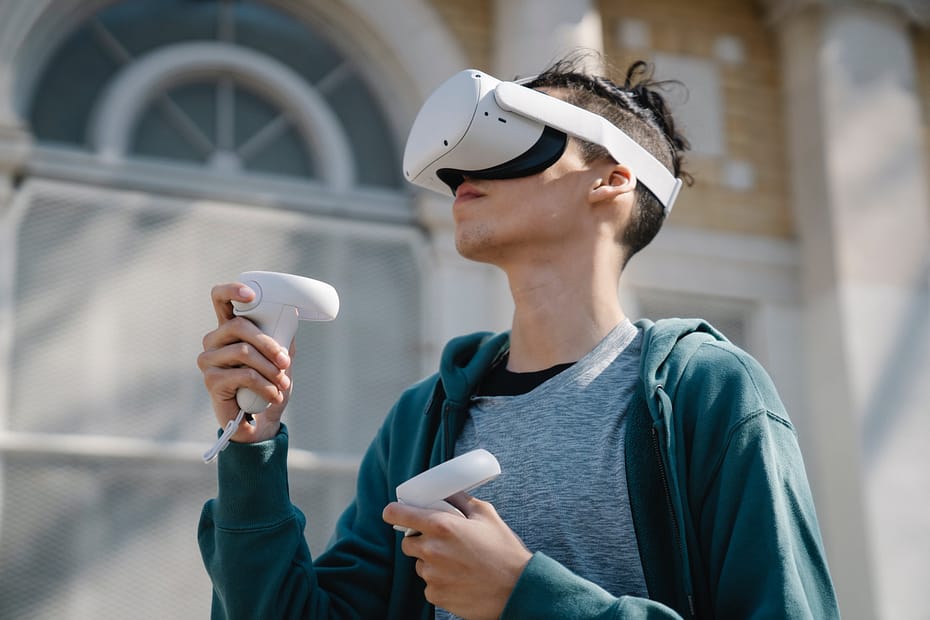Virtual Reality (VR) has ushered in a revolution in architectural design and visualization, transforming how architects, clients, and stakeholders engage with and perceive architectural spaces even before their physical manifestation.
Evolution of Architectural Visualization
The conventional reliance on physical models and two-dimensional drawings has given way to a more sophisticated approach with the integration of 3D models. However, the true leap forward came with VR. It allows architects and clients to immerse themselves in a virtual representation of the project, offering a full-scale experience of the intended space.
Bridging Imagination and Reality
VR in architecture provides an unprecedented experience where users can walk through a virtual building before its actual construction. This goes beyond mere observation, offering a profound understanding and sensation of the space. It brings designs to life, offering insights into spatial relationships, materials, lighting, and overall ambiance, thus revolutionizing architectural possibilities.
Virtual Property Inspections
An impactful application of VR in architecture is virtual property inspections. Clients can remotely explore properties in a lifelike manner, particularly beneficial for international clients, saving time and money while providing a realistic sense of the property.
Precise Design and Sustainability
VR’s precision is a game-changer, allowing architects to detect and rectify design issues early. Thus, ensuring the accuracy of the final construction. It also plays a crucial role in sustainable architecture by visualizing different materials and energy models. Enabling informed choices for eco-friendly building solutions.
Improving Client Engagement
VR enhances client engagement by providing an interactive experience. Clients can offer immediate feedback, request changes, and explore various design options in real-time. Fostering higher satisfaction with the final design.
Challenges of VR in Architectural Visualization
While offering numerous advantages, implementing VR comes with challenges such as high initial costs, the need for technical expertise, hardware limitations, physical discomfort, and adaptation to new workflows.
Future Trends in VR and Architectural Visualization
The future of VR in architectural visualization holds promise with advancements in technology. Anticipated trends include increased realism, augmented reality integration, greater accessibility, improved collaboration tools, AI integration, sustainable design support, interactive customer experiences, and enhanced education and training.
Conclusion
Virtual Reality’s impact on architectural visualization signifies a paradigm shift towards more immersive, interactive, and efficient design processes. As VR technology evolves, it will play a pivotal role in shaping the future of architectural design. Therefore, creating visually compelling spaces aligned with the needs and aspirations of clients and communities.
More on INJ Architects:

